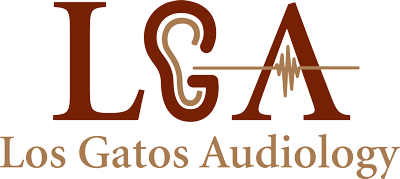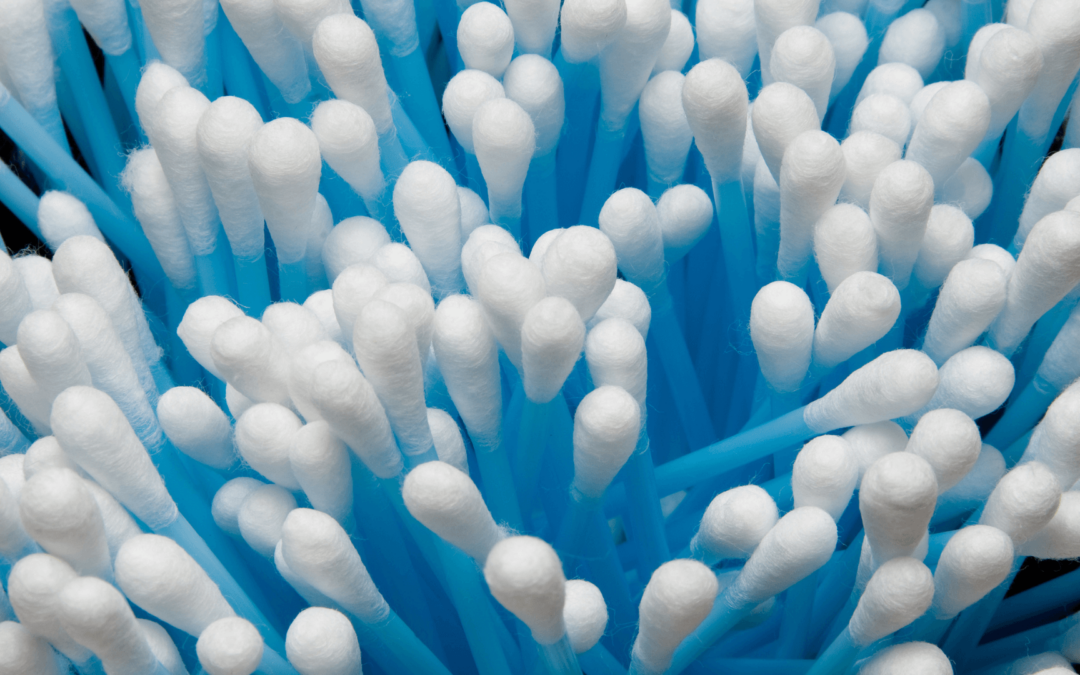Cotton swabs, also known as Q-tips, are commonly found in households around the world. Many people use them to clean their ears, believing they help remove earwax and keep ears clean. However, using cotton swabs in this way can be harmful rather than helpful. Understanding the risks and learning safer alternatives can protect ear health and prevent possible damage.
Common Misconceptions About Ear Cleaning
One widespread belief is that earwax is dirty and needs to be removed regularly. Earwax, also known as cerumen, is a natural secretion that serves vital functions. It protects the ear canal, traps dirt and dust, and even has antibacterial properties. Over-cleaning the ears can disrupt this balance, leading to potential problems.
Another misconception is that cotton swabs effectively remove earwax. In reality, they often push earwax further into the ear canal, which can create blockages and other complications.
Using cotton swabs in the ears can lead to several risks. These include:
Earwax Buildup
Instead of removing earwax, cotton swabs can push it deeper into the ear canal. This compacts the earwax, making it harder to remove and causing blockages. Over time, this can result in ear discomfort, hearing loss, and even infections.
Eardrum Damage
The ear canal is delicate, and inserting a cotton swab too far can damage the eardrum. This can cause pain and hearing loss and may require medical treatment.
Infection
Cotton swabs can introduce bacteria into the ear canal, leading to infections. Symptoms of an ear infection can include pain, swelling, and discharge. In severe cases, an ear infection might require antibiotics or other medical interventions.
Vertigo and Imbalance
Touching the inner structures of the ear with a cotton swab can affect the balance mechanism within the ear. This can lead to vertigo, a sensation of spinning, or dizziness. Such disturbances can significantly impact daily activities and quality of life.
Safer Alternatives for Ear Cleaning
Given the dangers associated with cotton swabs, safer methods for ear cleaning are recommended. The ears are self-cleaning. Earwax naturally moves out of the ear canal over time, aided by jaw movements like chewing. Wiping the outer ear with a damp cloth is usually sufficient for hygiene. Several over-the-counter ear drops help soften earwax, making it easier for the body to expel. These can be used as directed on the package. Additionally, a few drops of saline solution can be instilled in the ears to achieve similar results.
Recognizing When to Seek Medical Help
It is important to be aware of symptoms that might indicate ear problems. These can include:
- Persistent ear pain
- Hearing loss
- A feeling of fullness in the ear
- Discharge from the ear
- Dizziness or vertigo
If any of these symptoms are present, consult a hearing health professional for proper diagnosis and treatment.
Cotton swabs may seem like a convenient tool for cleaning ears, but their use poses significant risks. Ear conditions resulting from improper ear cleaning can be painful and require medical treatment. Embracing safer cleaning methods and recognizing when to seek professional help can prevent complications and protect ear health. Remember, gently wiping the outer ear with a damp cloth and relying on the body’s natural cleaning process is often all that is needed to maintain healthy ears.


